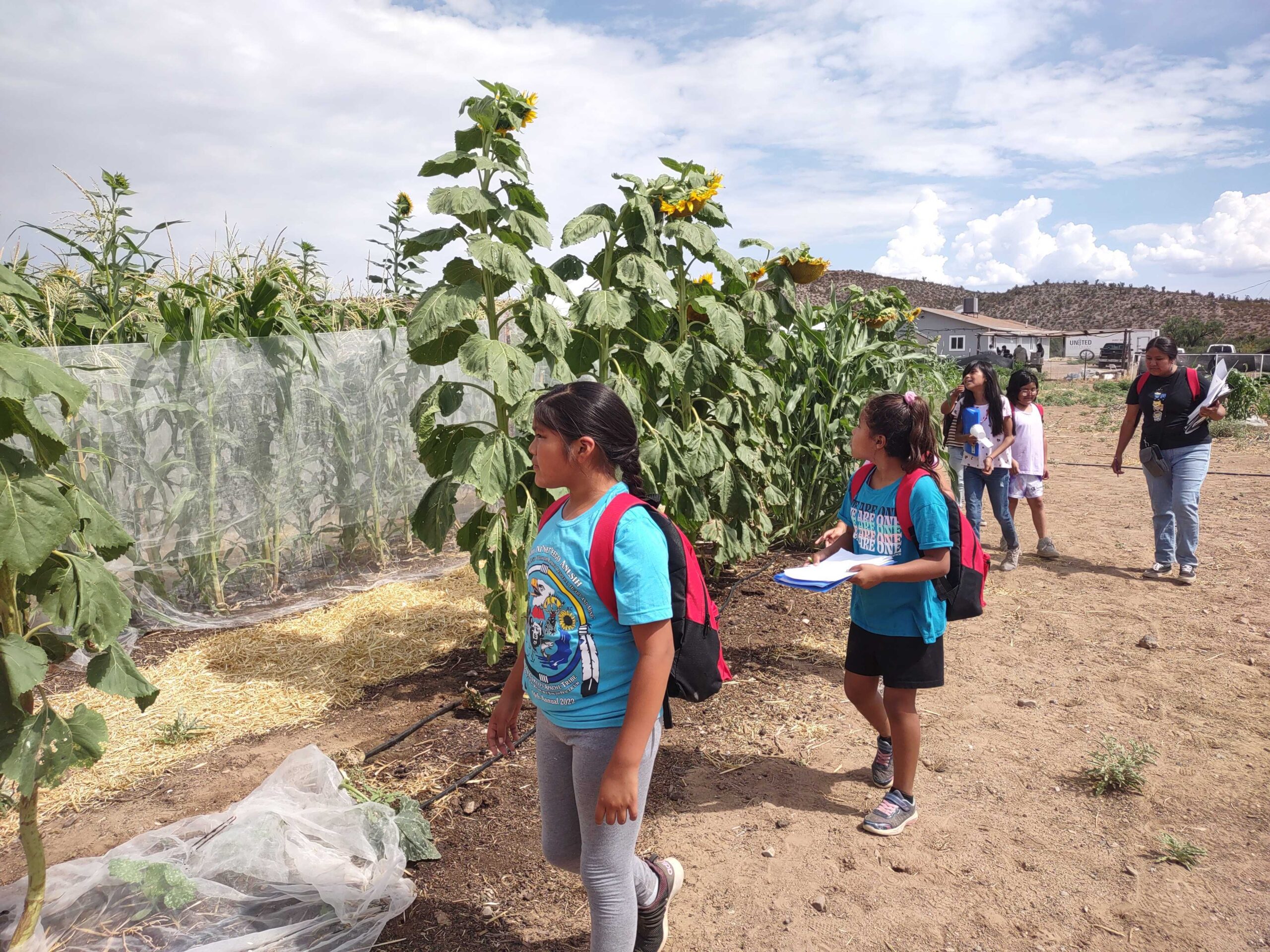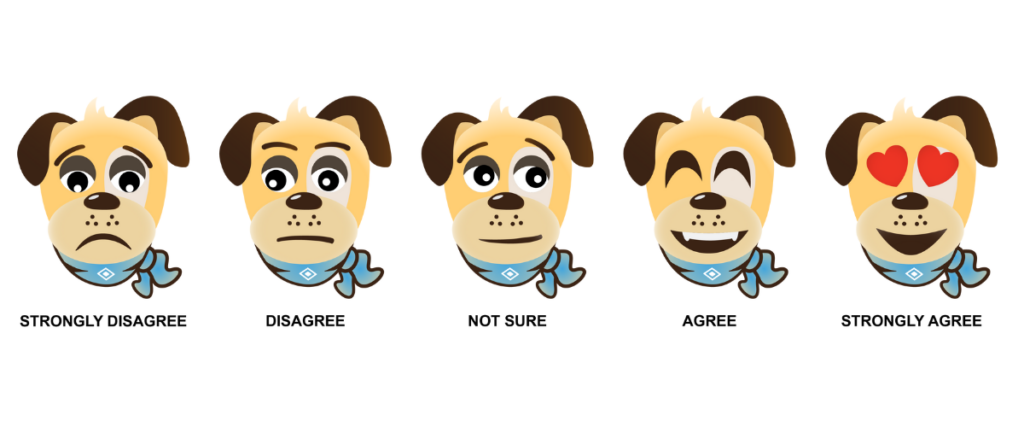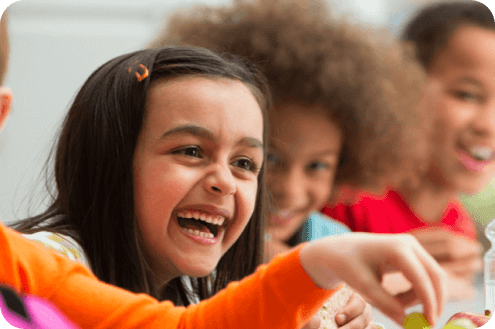An Inclusive Approach to Measuring Impact: 5 Tips for Nonprofits and Tribes

By Christina Chauvenet, Monitoring, Evaluation & Learning Officer, Newman’s Own Foundation
Newman’s Own Foundation regularly hosts learning sessions for our community of grantee partners. In a recent session, experts from the Notah Begay III (NB3) Foundation led a session on measuring impact through monitoring and evaluation for a group of grantee partners from Newman’s Own Foundation’s Indigenous Food Justice and Nutrition Education & School Food portfolios.
Monitoring, Evaluation, and Learning (MEL) serves as the compass that guides mission-driven organizations toward meaningful impact. These practices empower nonprofits, Tribes, and schools to make data-informed decisions, demonstrate effectiveness to stakeholders, and continuously improve their programs. Monitoring, Evaluation, and Learning creates a feedback loop that ensures resources are directed where they can best support a community’s needs.
Here are 5 key takeaways for nonprofits, Tribes, and schools:
1. You are already an evaluator!
Research and evaluation isn’t exclusive to academia—NB3 Foundation reminded us that our ancestors monitored and evaluated their experiences for millennia! When we use information to guide decision-making, we are conducting evaluation.
2. Monitoring and evaluation methods are a menu.
When thinking of evaluation, we often default to surveys. While valuable, there are numerous qualitative and quantitative methods that might better suit your setting. By viewing methods as a menu, you can select strategies that match your goals, capacity, and participants. Some options to consider:
- Photovoice: A participatory method where community members use photography to document their experiences, then discuss these images to reveal insights about their lived realities and community needs.
- Document Analysis: A systematic review of existing program materials, reports, and records to identify patterns, track progress, and gain insights without requiring additional data collection.
- Field Observations: Direct, structured observation of program activities or community settings to document behaviors, interactions, and environmental factors that might not emerge through other data collection methods.
3. Indigenous and Western approaches offer complementary perspectives.
Rather than seeing Indigenous and Western epistemologies as mutually exclusive, consider the benefits of both approaches. Surveys and oral histories can complement each other by adding different perspectives. Even for non-Indigenous communities, Indigenous methodologies can add depth and richness to your evaluation work.

4. Tailor evaluation tools to participants’ ages.
NB3 Foundation’s expertise with youth evaluation emphasized how age-appropriate tools improve data quality. For example, standard Likert scales using terms like “strongly agree” aren’t always tangible for young people. NB3 Foundation shared their engaging Rez Dogs Likert Scale as an example of making evaluation fun and relevant for youth.
5. Share and celebrate results with your community.
Publication shouldn’t be the final product of evaluation. Sharing results back with participants celebrates everyone’s efforts and deepens community trust. Include time to communicate findings and thank participants as part of your evaluation process.
Resources
For more tips and resources, check out NB3 Foundation’s Keeping Track Evaluation Toolkit, a step-by-step guide to conducting evaluations with youth.
The Notah Begay III (NB3) Foundation is a national Native-led nonprofit leading the way to improve Native American children’s health. NB3 Foundation is changing the lives of Native American children by supporting and funding Native-driven, culturally centered programs and by providing direct opportunities for Native youth to live healthy, active lives.
Newman’s Own Foundation is a private grantmaking foundation whose mission is to nourish and transform the lives of children who face adversity. The Foundation continues Paul Newman’s commitment to use all the money that it receives—100% of the profits and royalties—from the sale of Newman’s Own products in service of its mission. Through the efforts of Paul Newman and Newman’s Own, over $600 million has been given to social impact organizations since 1982. Today, Newman’s Own Foundation grantee partners promote nutritious food in schools, advocate for Indigenous food justice, and create joyful experiences for children living with serious illnesses.


